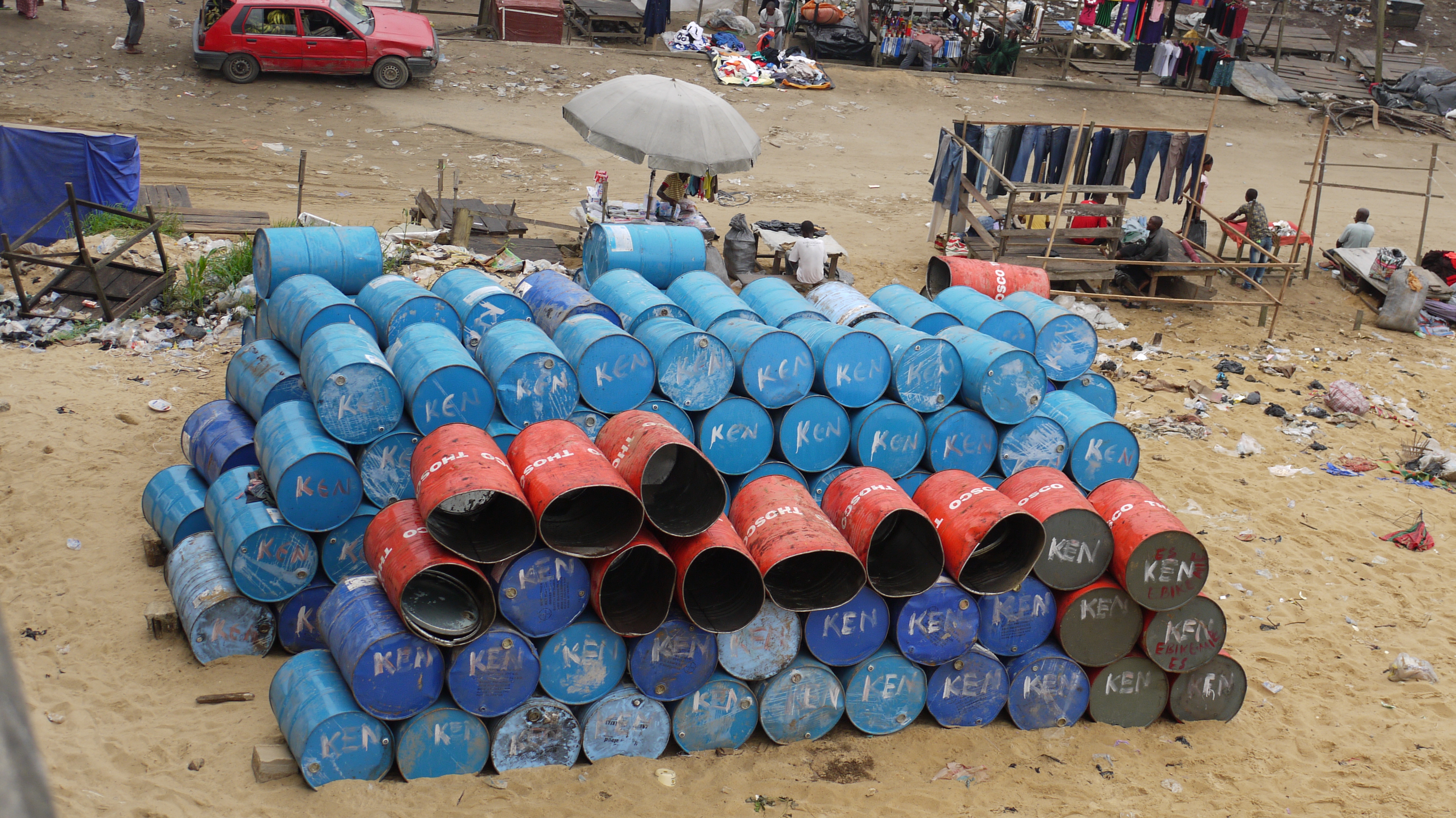As the El-Niño season in Kenya approaches and warnings systems are put into action, LSE’s Shezane Kabura analyses the reasons for a failure by citizens to heed weather alerts from authorities.
While sitting in a Managing Humanitarianism lecture and reflecting on the failure of early warning systems with regards to disaster preparedness, I started to think about news back home in Kenya about the impending El-Niño floods and analyse the early warning systems in place there.

Over the past few months, there have been numerous warnings all over the country about El-Niño. The Kenyan Meteorological Department has warned that the rains will affect some parts of the country in October and has asked the residents to prepare for possible flooding. However, many Kenyans have ignored these calls to move saying they do not have the means and resources to relocate to safer areas.
The Daily Nation, a Kenyan local newspaper that is covering this story pointed out that victims of the 1997 El-Niño rains in parts of the Elgeyo escarpment are yet to be resettled after they were left homeless by a landslide that hit the area. Eighteen years later, they are still suffering from the effects of the last flood.
In my opinion, Kenyans have become accustomed to the predictions over the years of imminent El-Nino floods, viewing these as false alarms. Yet, over the years, many areas in Kenya have experienced heavy rainfalls that have left homes submerged and caused vast damage to property. The Budalangi area is no stranger to heavy rainfalls as the River Nzoia recurrently bursts its banks causing massive population displacement. According to the Ministry of Special Programmes, some 10,000 people were displaced in 2008 with at least 2,500 others stranded, while in 2007 an estimated 28,000 people were affected.
With continuous warning signs and informational prevention messages, shouldn’t Kenyans take this more seriously? Why do we have to wait until it is a little too late?
The Kenyan Government has invested five billion Kenyan Shillings in setting up response and emergency teams in all sub-counties. The multi-agency communication team has been tasked with responding to emergency situations across the country during the period. This comes as a surprise after major complaints about the government’s laxity on the issue.
City dwellers are being urged to assist by removing siltation and any other material in open drainage, so as to enable the free flow of water. Nevertheless, with all this in the works many residents living in low-lying areas have refused to move, saying they have nowhere to go. In other areas like Baringo and Bogoria, the news of El-Niño rains has led to a sense of panic among hundreds of residents. Will we see a repeat of the headline on the front page of the 27 January 1998 edition of the Daily Nation?
Shezane Kabura is a Masters student at LSE and a LSE PfAL Scholar.
The views expressed in this post are those of the authors and in no way reflect those of the Africa at LSE blog or the London School of Economics and Political Science.






1 Comments